Press photos
The following selection of photographs may be downloaded and used for editorial purposes on the proviso that the Arolsen Archives as copyright holder is properly named. The user right granted does not imply the permit to alter or distort the photos protected by copyright.
If you make use of the Arolsen Archives pictures, you are requested to send us a specimen copy of your printed publication, or a brief message about and link to your online publication. In case you need other motifs or a higher definition, feel free to contact and inform our press office.

In 2023, the Arolsen Archives received more than 20,000 inquiries about over 28,000 people.
Photo credits: Arolsen Archives
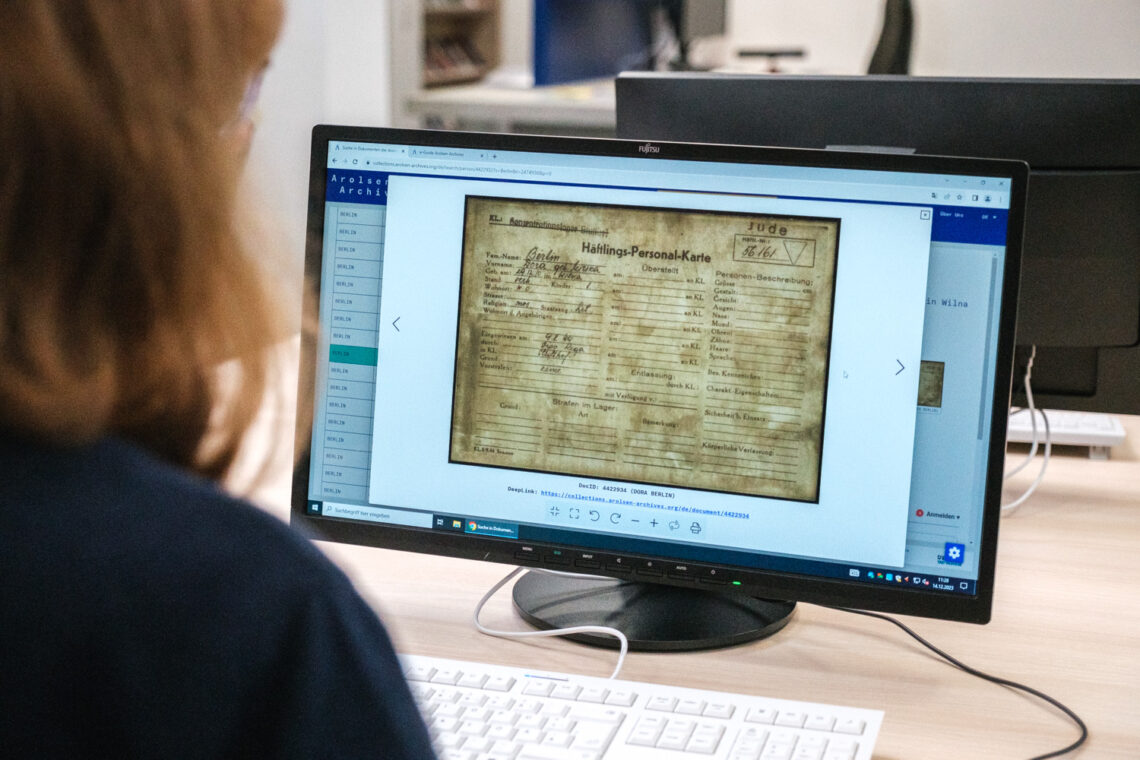
The online archive saw an even greater increase of over 43 percent with around 680,000 users searching the database.
Photo credits: Arolsen Archives

As digitization continues, it becomes easier to carry out research because the archival collections can be searched faster and more effectively.
Photo credits: Arolsen Archives
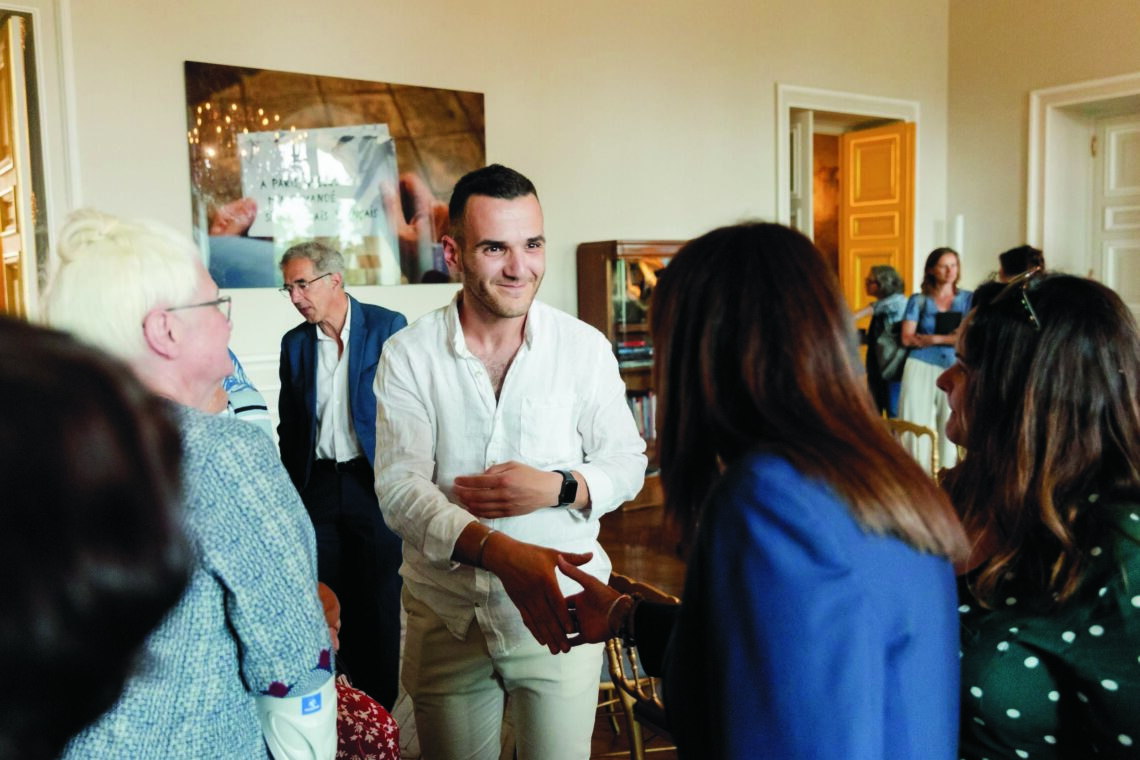
Kabir Boucif learned from the Arolsen Archives that his great-grandfather Rabia Boucif had been arrested and murdered by the Nazis.
Photo credits: Arolsen Archives
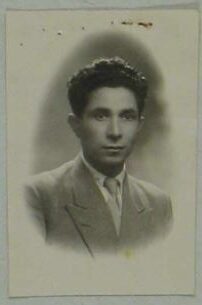
Portrait of Aga Hassan, Iranian forced laborer
(https://collections.arolsen-archives.org/en/document/80305874)
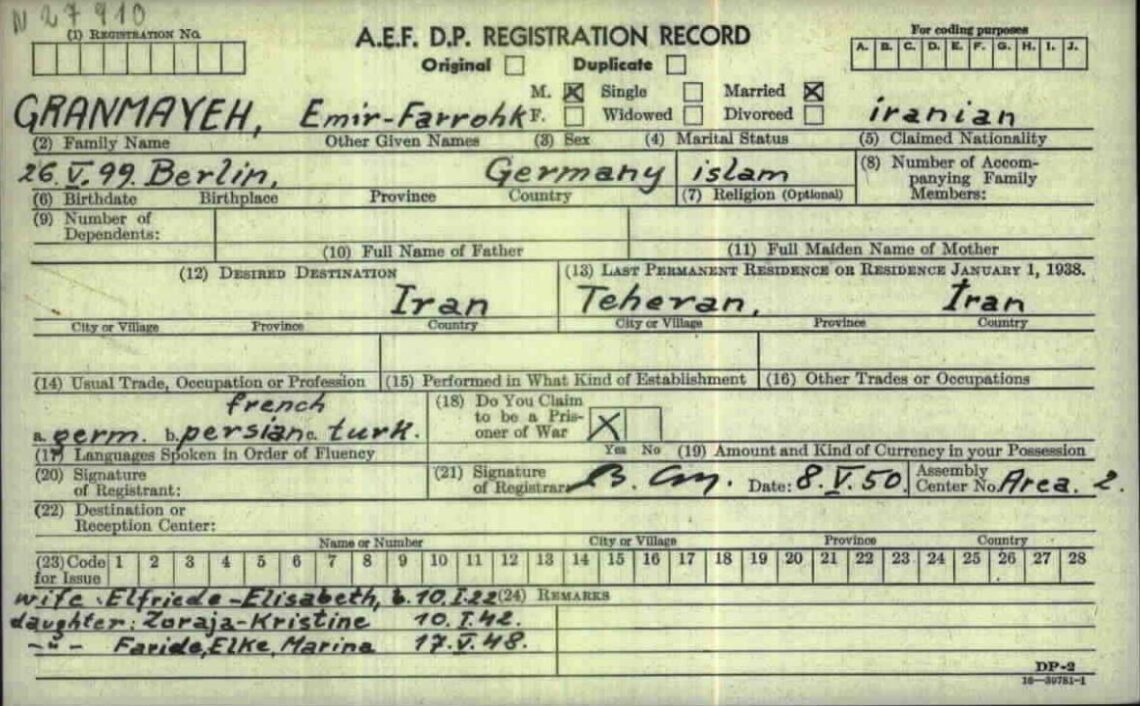
Displaced person: Emir-Farohk Granmayeh, born in Berlin and the son of the Iranian ambassador to Germany, deported to Sachsenhausen concentration camp, later stranded in Prien, Bavaria
(https://collections.arolsen-archives.org/en/document/67228418)

Prisoner card issued for Maxud Miridjanian, an Iranian exile who was deported from Paris to Buchenwald concentration camp and later taken to Mittelbau-Dora, where prisoners had to perform forced labor underground for the armaments industry
(https://collections.arolsen-archives.org/en/document/6638344)
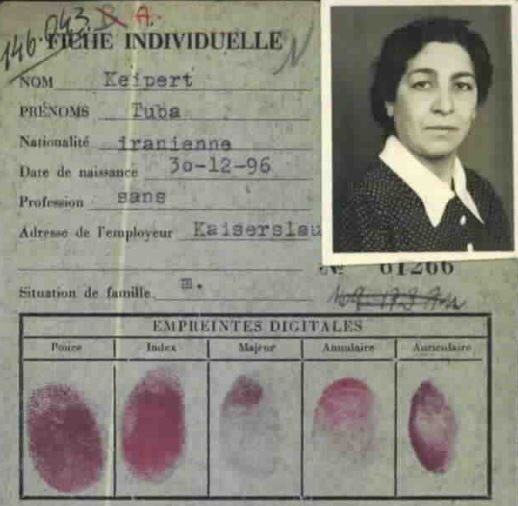
Tuba Keipert, an Iranian Bahá’í, stranded in Kaiserslautern as a displaced person after the war
(https://collections.arolsen-archives.org/en/document/67639397)

Sign on the main building of the Arolsen Archives
The German town of Bad Arolsen is home to the world’s largest archive on the victims and survivors of the Nazi regime.
Photo credit: Arolsen Archives

Floriane Azoulay
Floriane Azoulay has been director of the Arolsen Archives since January 2016.
Photo credit: Arolsen Archives

The Nazi era as a test of courage: strange fascination and high receptiveness of Gen Z
Key Visual
Photo credit: Arolsen Archives
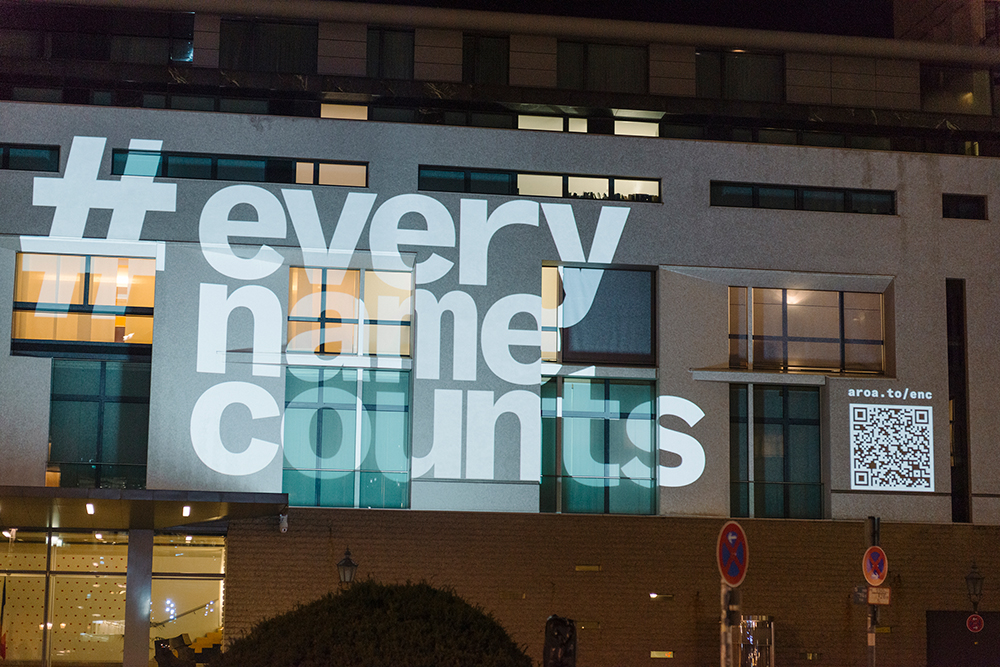
Crowdsourcing initiative by the Arolsen Archives
#everynamecounts (Media installation at the French Embassy in Berlin)
Photo credit: Arolsen Archives

#everynamecounts: Build a digital memorial with us!
The Nazis persecuted and murdered millions of people. Build a digital memorial with us!
Photo credit: Arolsen Archives

#everynamecounts: Crowdsourcing initiative by the Arolsen Archives
To ensure that the online archive of the Arolsen Archives keeps growing, the crowdsourcing initiative #everynamecounts was launched.
Photo credit: Arolsen Archives
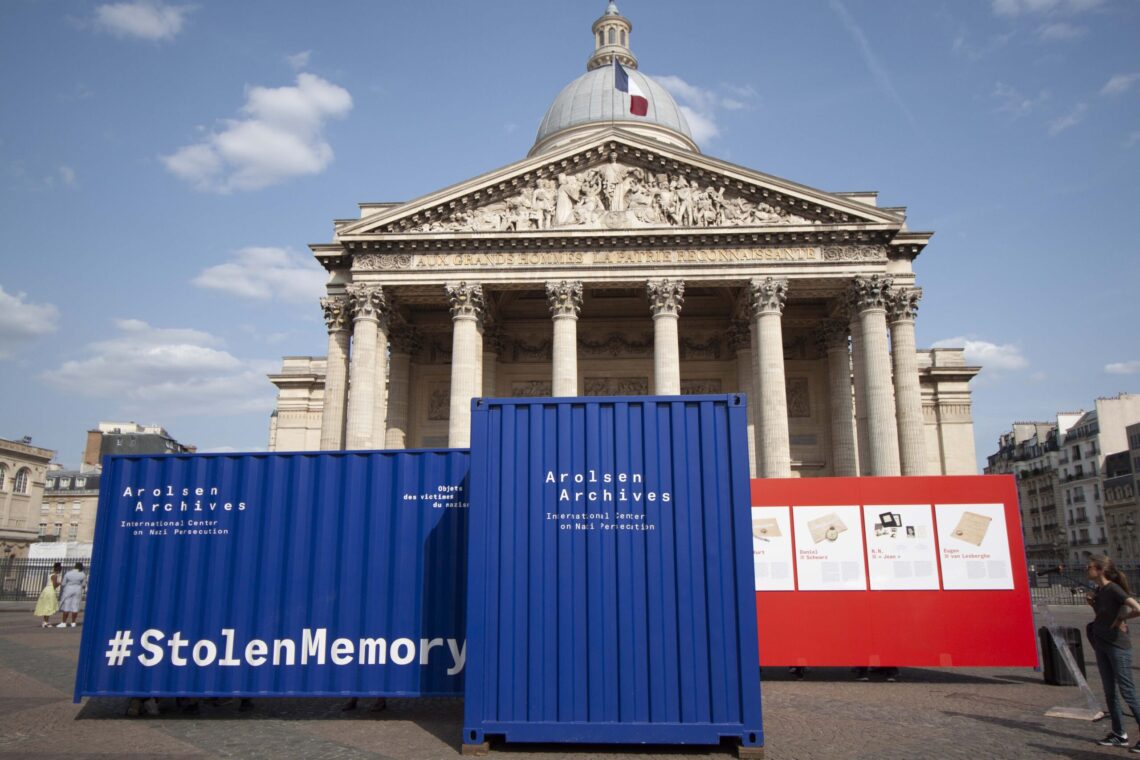
#StolenMemory Tour started in France
20 towns in 18 months: Thanks to funding from the French Ministry of Foreign Affairs and the Fondation pour la Mémoire de la Shoah, our #StolenMemory traveling exhibition is touring France until the end of 2024.
Photo credit: Arolsen Archives
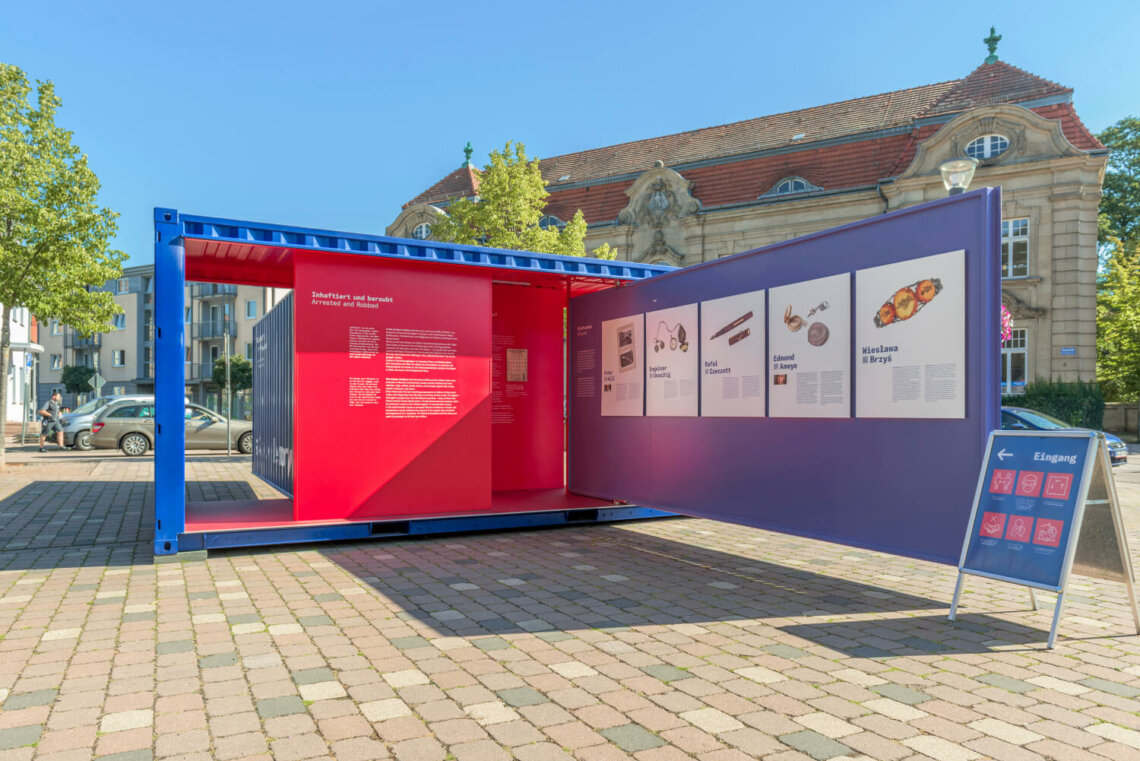
Searching and Found: #StolenMemory traveling exhibition
With four converted overseas containers, the #StolenMemory traveling exhibition is on the road in Germany, Poland and France.
Photo credit: Arolsen Archives
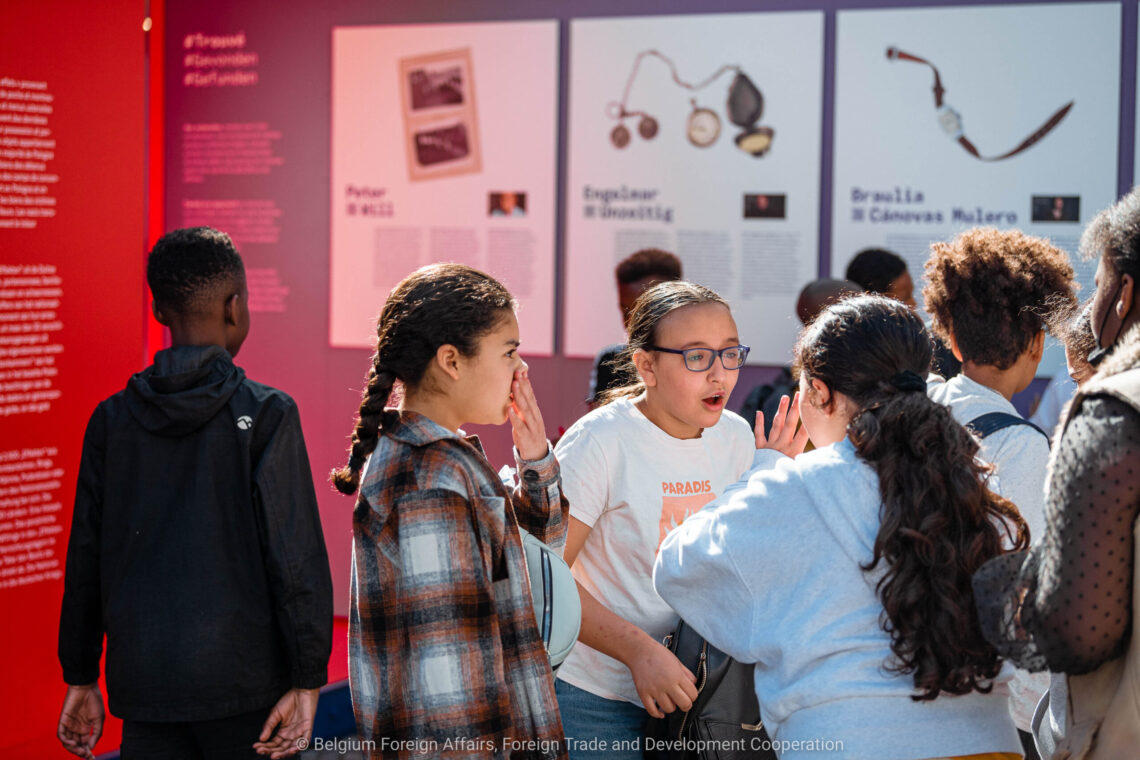
#StolenMemory traveling exhibition
Visitors to the #StolenMemory exhibition in Brussels.
Photo credit: Belgium Foreign Affairs, Foreign Trade and Development Cooperation
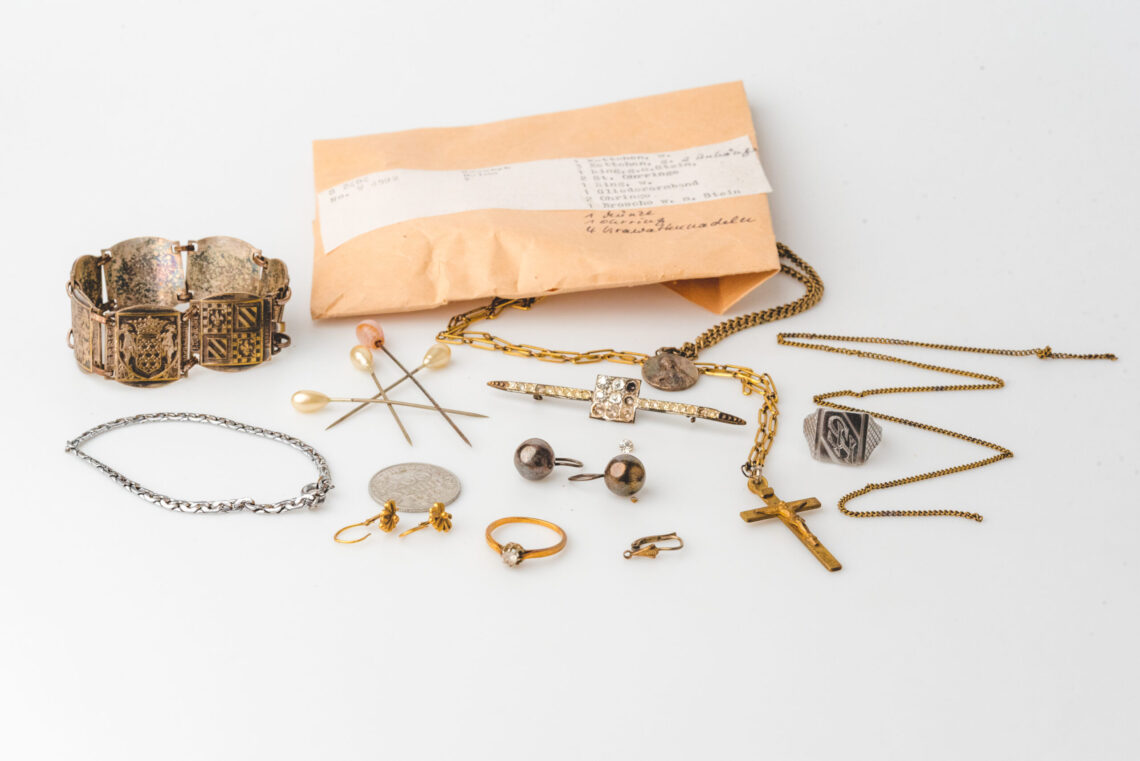
Personal effects of Helma Swaczyk
The Arolsen Archives still hold the last personal possessions of some 2500 concentration camp prisoners.
Photo credit: Arolsen Archives
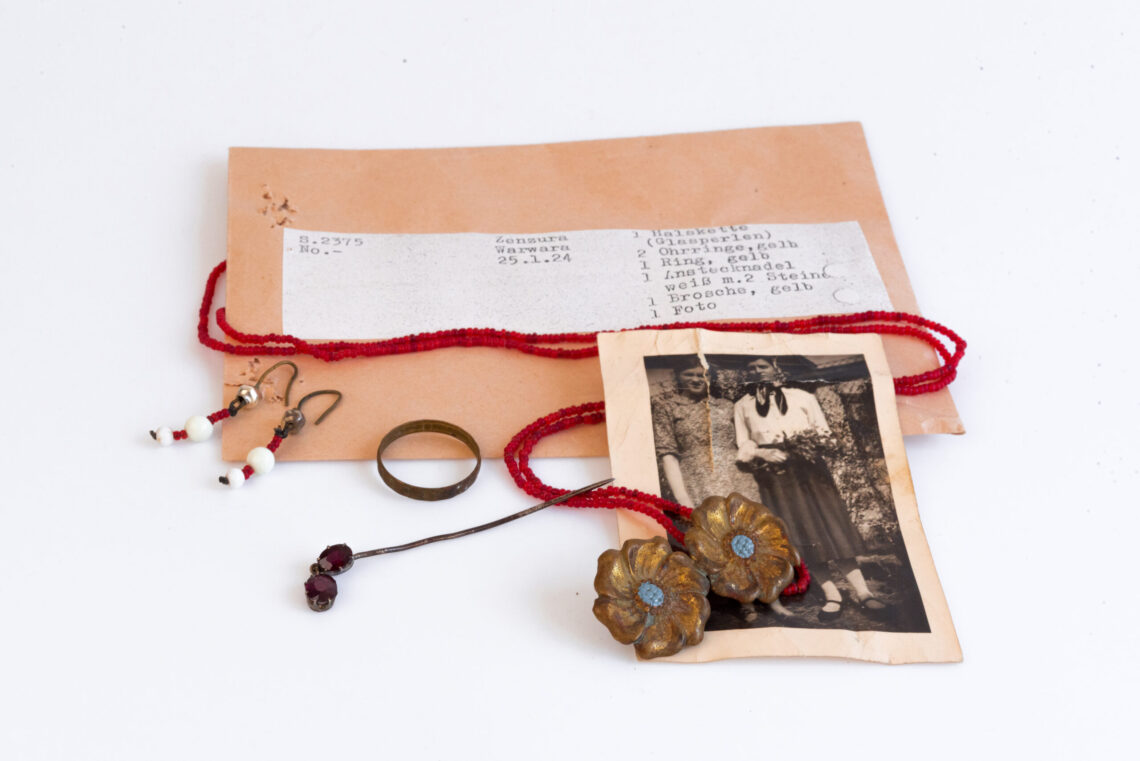
Personal effects of Warwara Zenzura
A watch and some jewelry, a wedding ring and some documents, a few letters and photos. The Nazis took people’s personal belongings away from them in the concentration camps.
Photo credit: Arolsen Archives

Personal effects of the young Jean
Since the campaign began, we have found over 750 families around the world – more than 120 of them in France. Some search cases from France have yet to be solved. One such case is the mysterious story of a young Frenchman.
Photo credit: Arolsen Archives
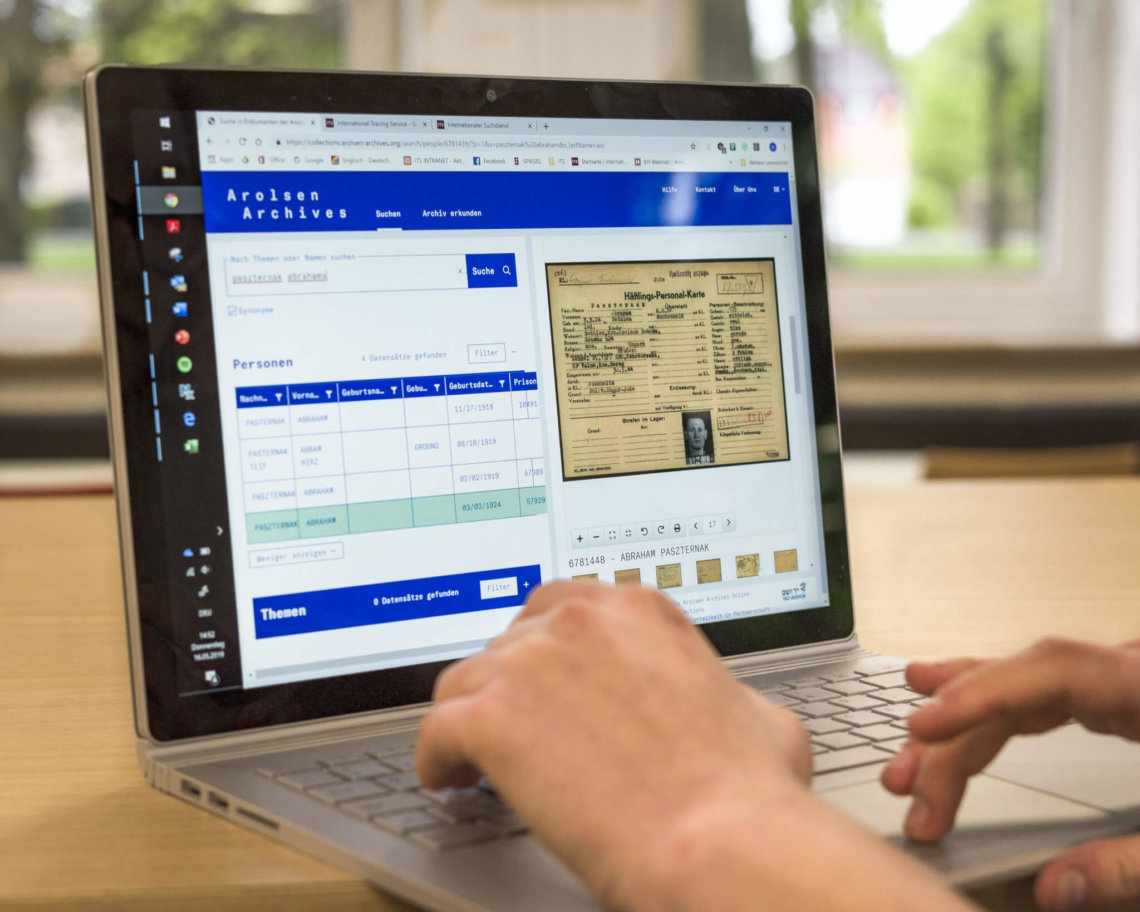
The Arolsen Archives Online Archive
Almost all of the 30 million original documents in the Arolsen Archives are already available online.
Photo credit: Arolsen Archives
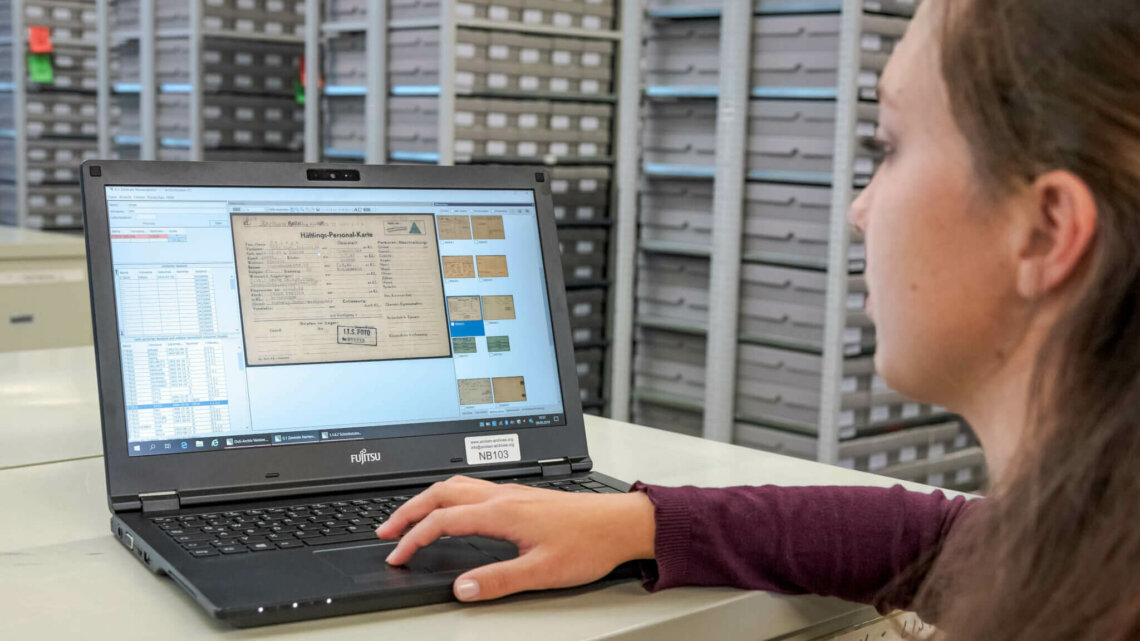
Rising numbers of inquiries about the victims of Nazi persecution
View of the archive and the database with scanned documents.
Photo credit: Arolsen Archives

Rising numbers of inquiries about the victims of Nazi persecution
Documents from the Arolsen Archives (individual documents of a concentration camp inmate).
Photo credit: Arolsen Archives

The Arolsen Archives Online Tool
New Information on the Survivors of Nazi Persecution: The e-Guide uses interactive elements to describe documents in a way that is easy to understand.
Photo credit: Arolsen Archives
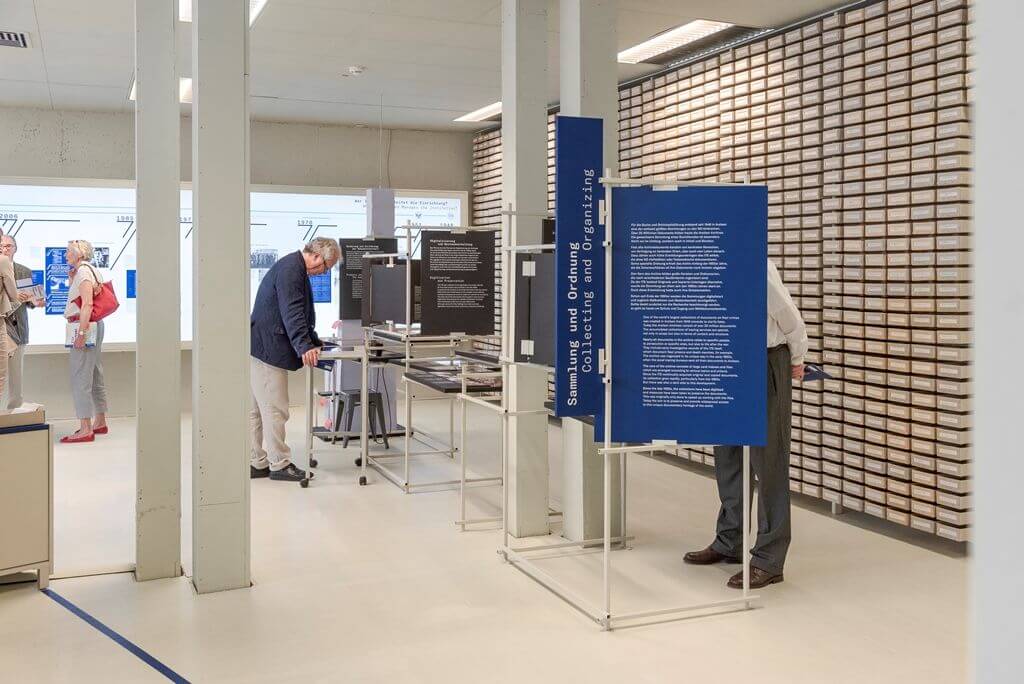
The Arolsen Archives Permanent Exhibition
The permanent exhibition guides visitors through seven decades of tracing missing persons and documenting NS persecution.
Photo credit: Arolsen Archives

Millions of documents in the archive
The Arolsen Archives are the international center on Nazi persecution with the world’s most comprehensive archive on the victims and survivors of National Socialism.
Photo credit: Arolsen Archives
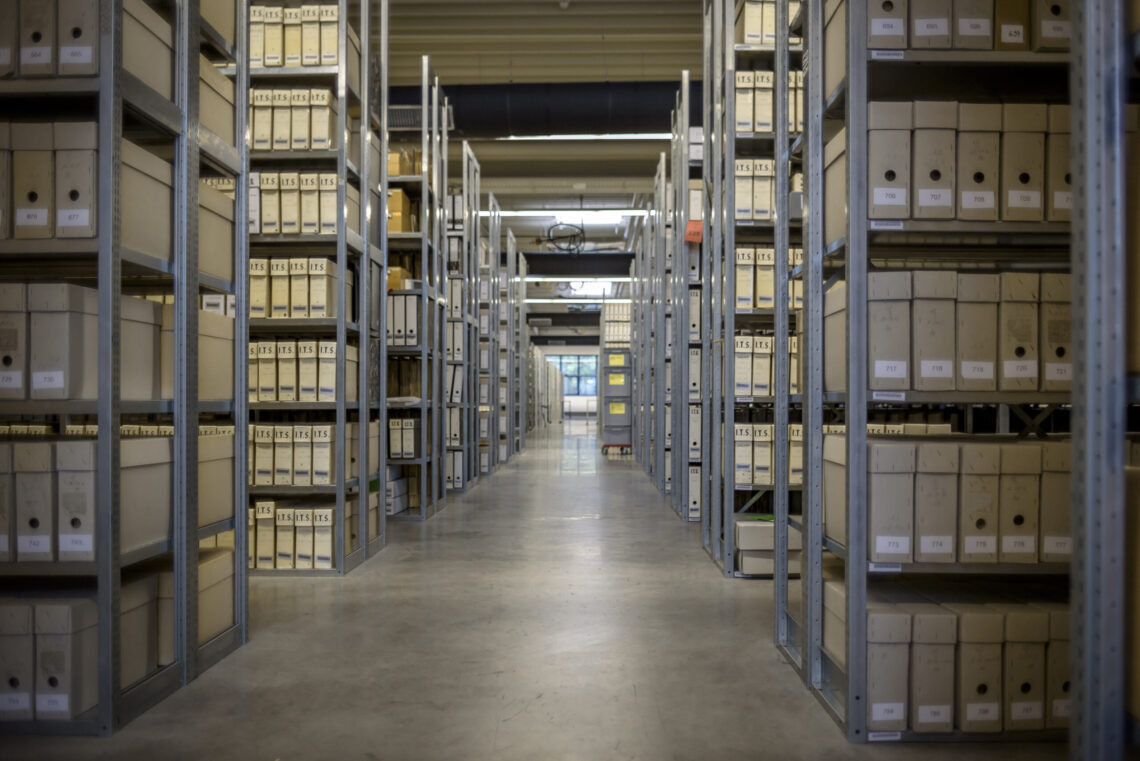
A look into the archive
The collection has information on about 17.5 million people and belongs to UNESCO’s Memory of the World.
Photo credit: Arolsen Archives
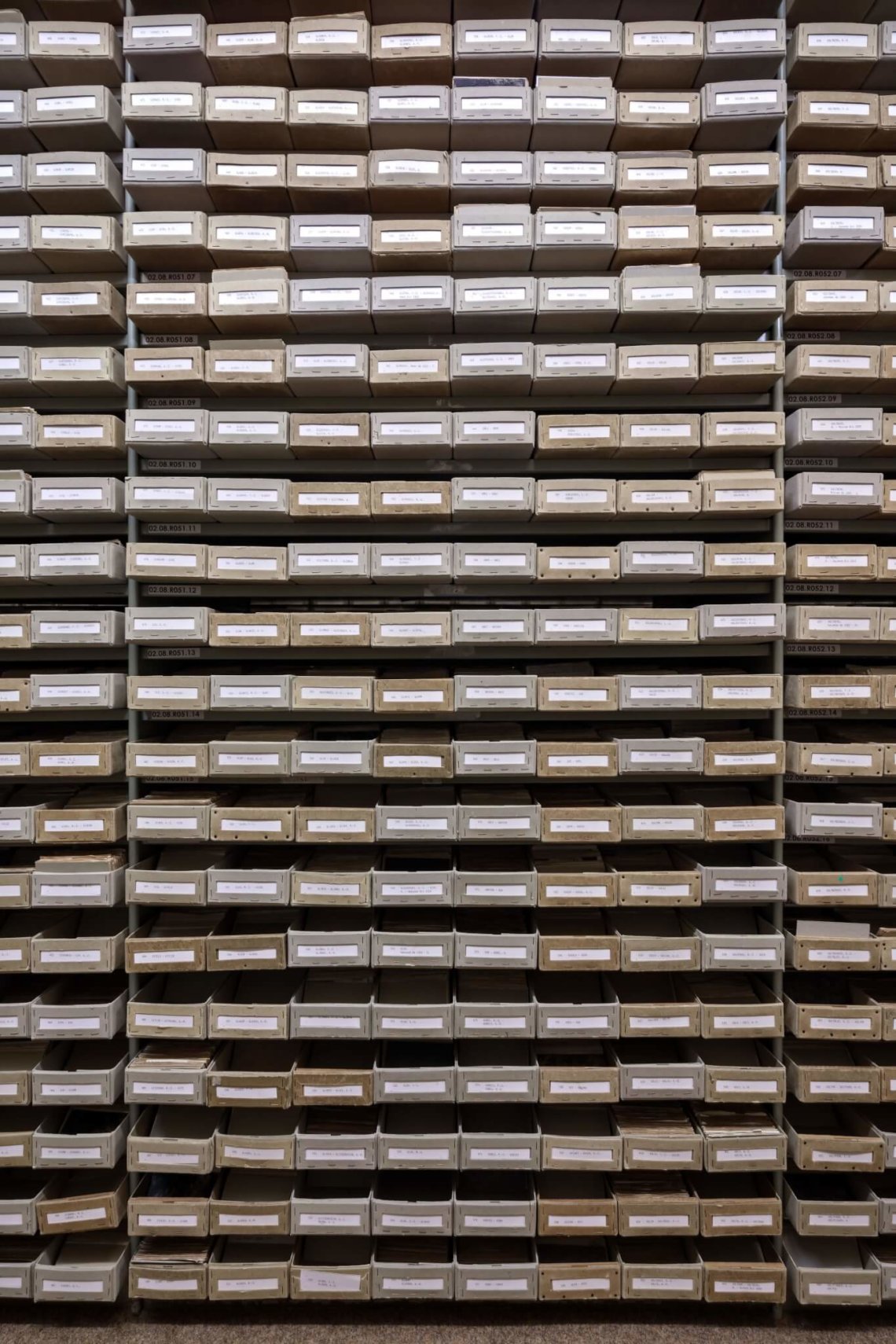
Central Name Index
Storage of the Central Name Index up until 2017. Then the 50 million reference cards on 17.5 million people, which are included on the UNESCO Memory of the World Register, were repacked in state-of-the-art archive boxes.
Photo credit: Arolsen Archives, Photo: Cornelis Gollhardt

A Look into the Central Name Index
The Central Name Index is the key to the collection of the Arolsen Archives, previously known as International Tracing Service (ITS). It has been the most relevant working tool for the search for traces over many decades.
Photo credit: Arolsen Archives, Photo: Cornelis Gollhardt
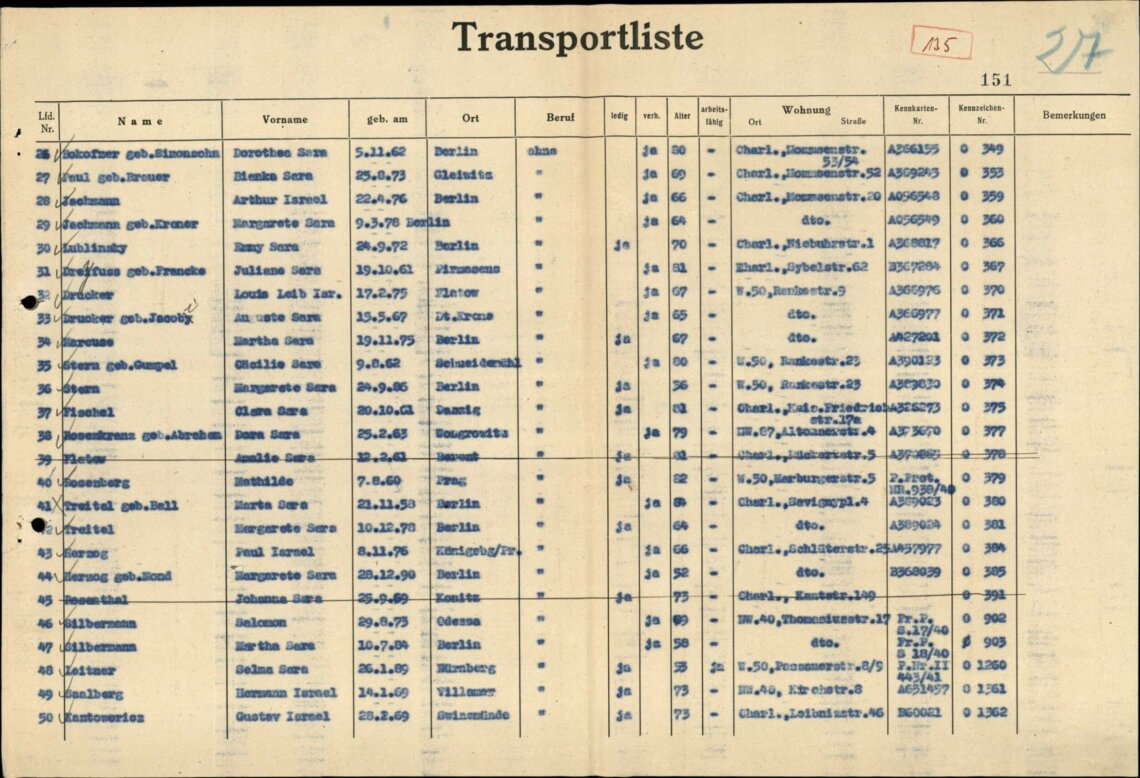
35 million documents about victims of Nazi persecution online
Transport list from one of the so-called transports of the elderly which took old-aged Jewish people from Berlin to the Theresienstadt ghetto (Terezin).
Photo credit: Arolsen Archives
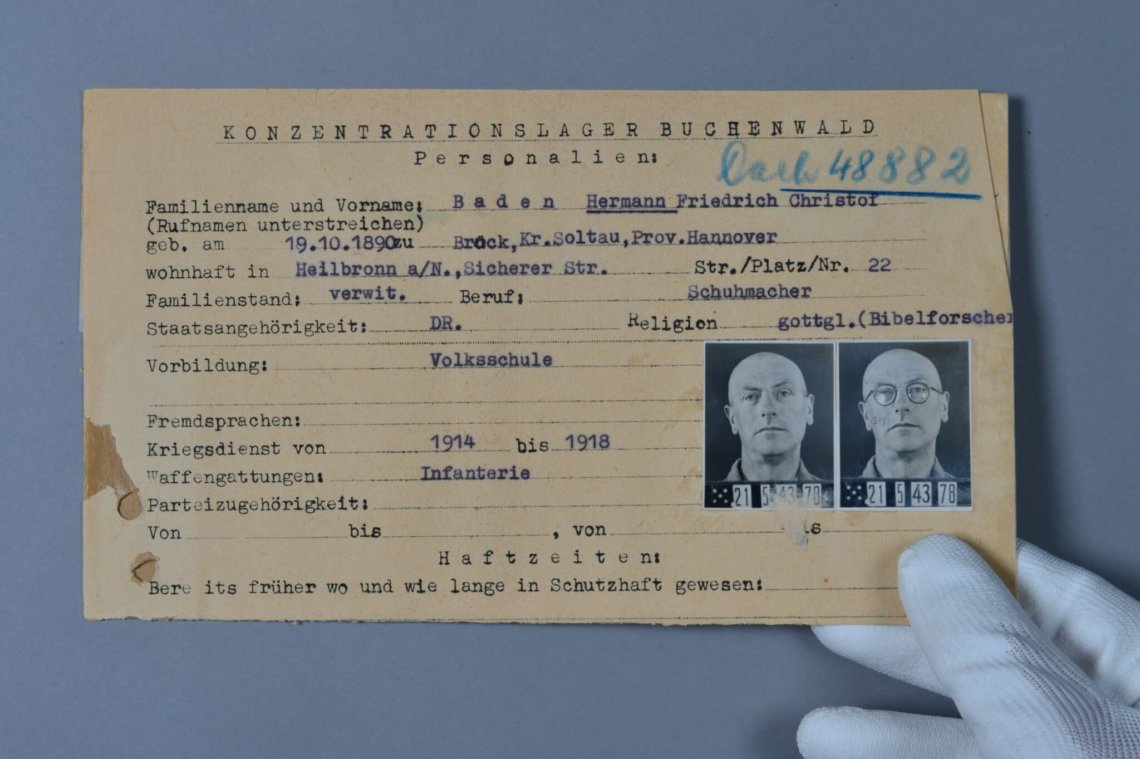
Prisoner card from the Buchenwald concentration camp
One of many millions of documents from the Arolsen Archives which are available online
Photo credit: Arolsen Archives, Photo: Andreas Greiner-Napp
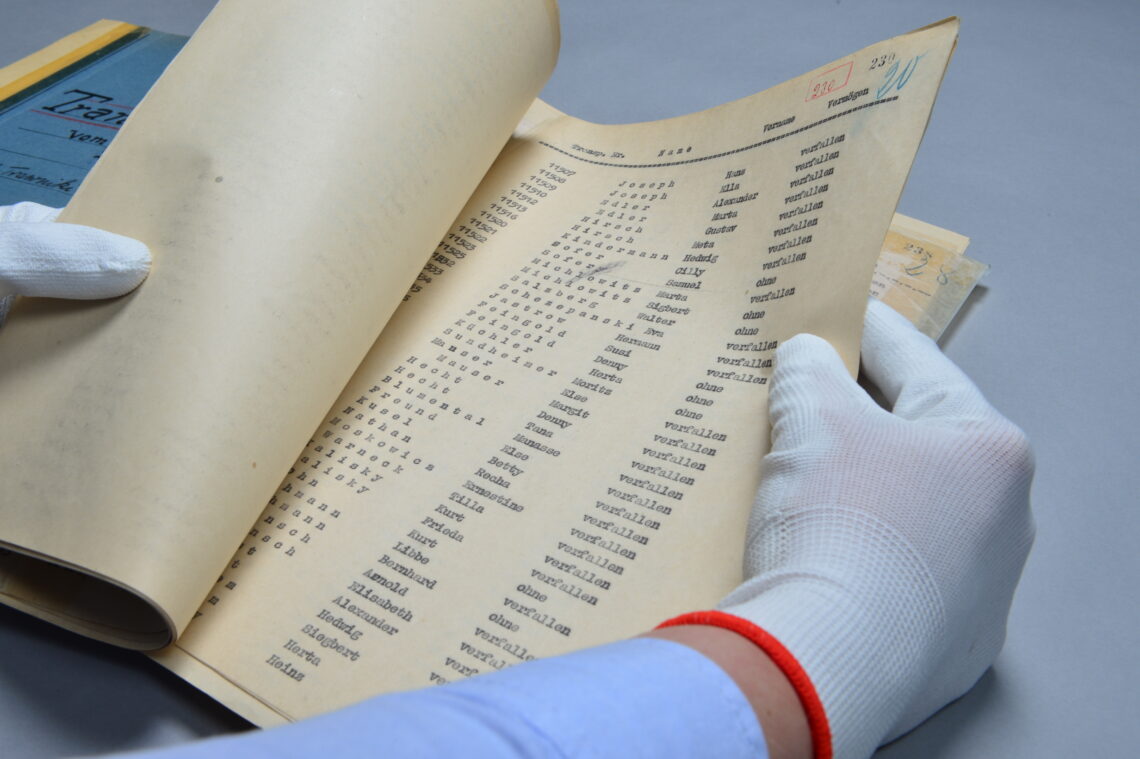
Documents on various victim groups
The collection documents on the various victim groups targeted by the Nazi regime and is an important source of knowledge for society today.
Photo credit: Arolsen Archives, Photo: Andreas Greiner-Napp
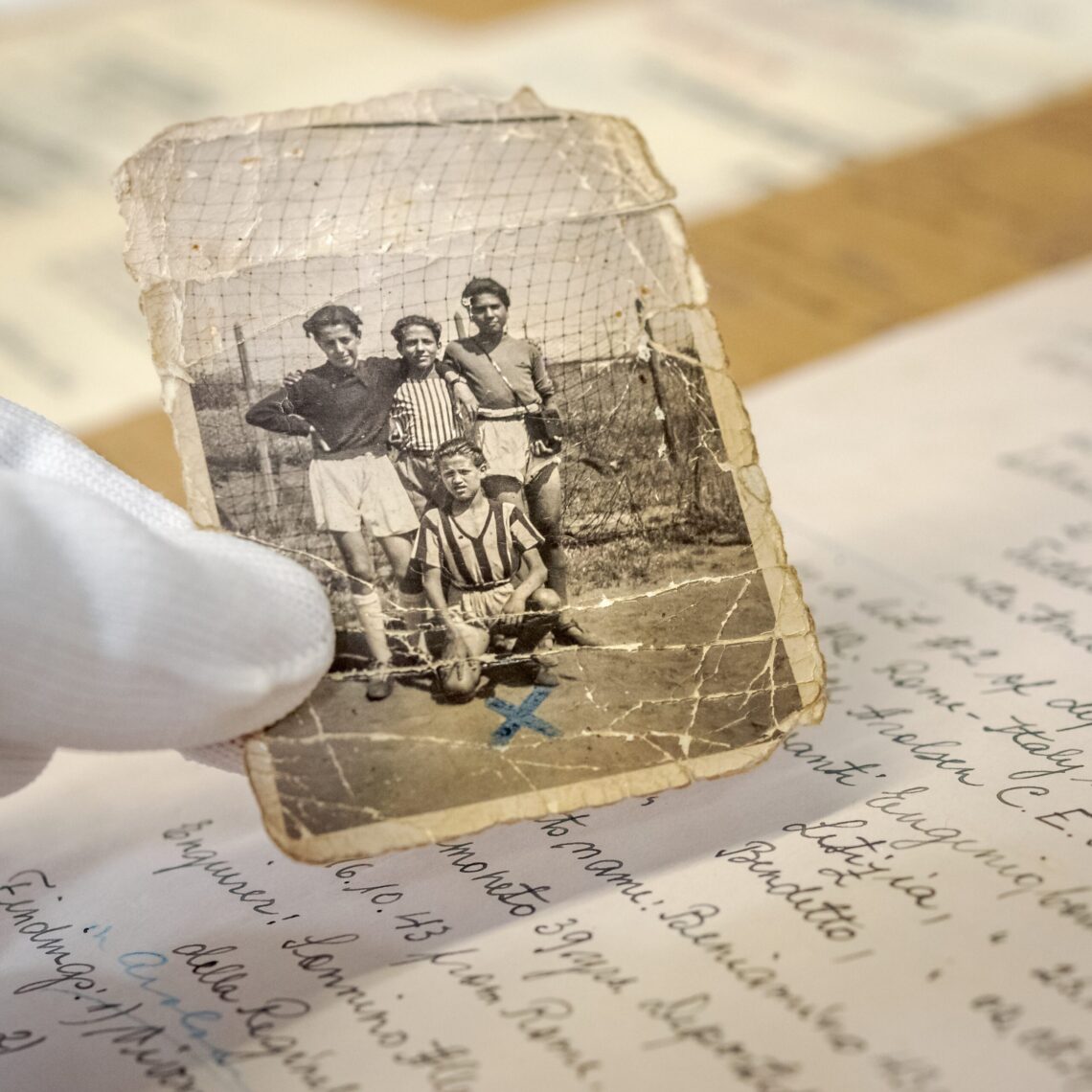
Witness to the past
The documents bear witness to the past, but they also have an important message for us today. They remind us that democracies need to be protected – by each and every one of us.
Photo credit: Arolsen Archives
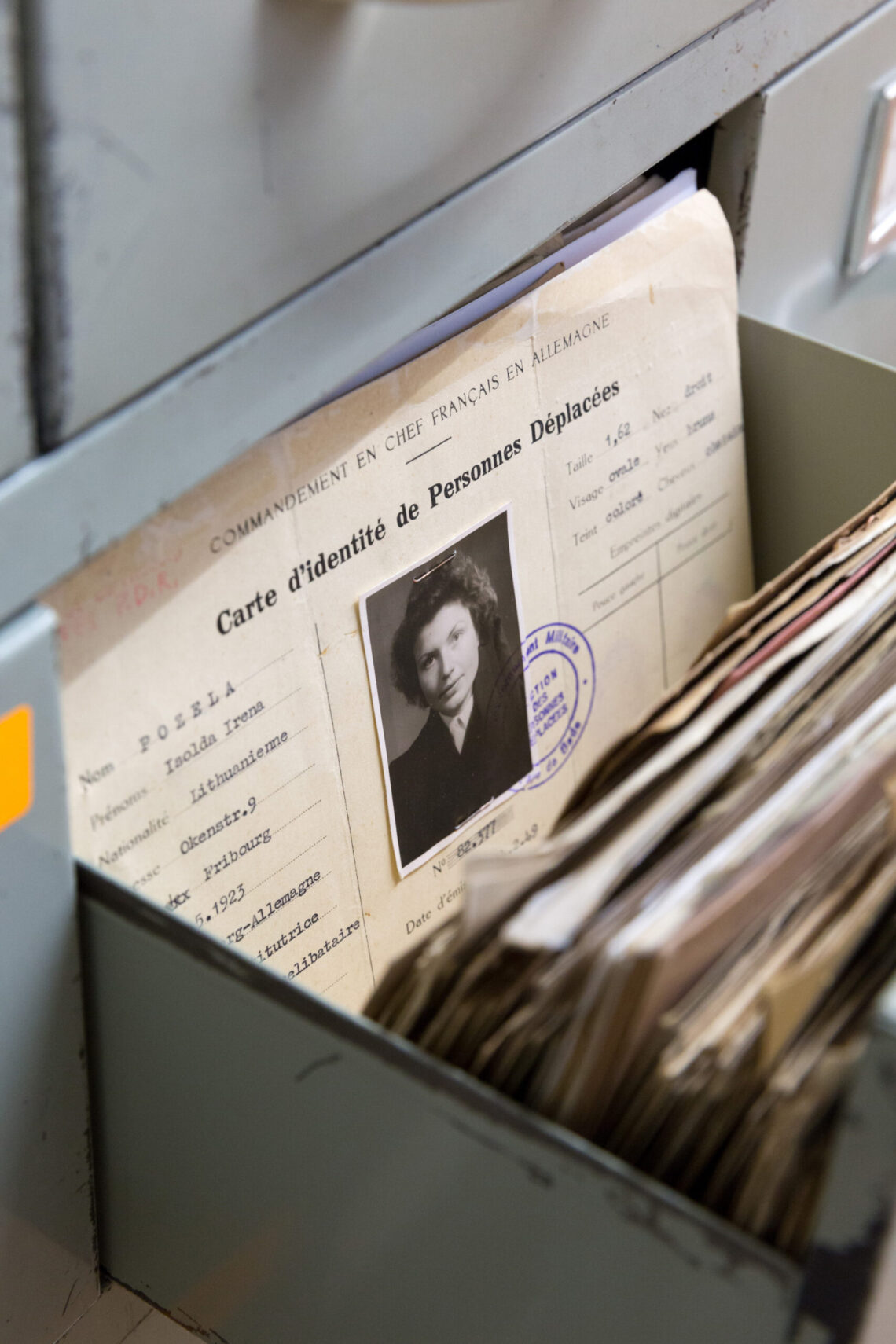
Numerous documents from Displaced Persons (DPs)
The DP documents in the Arolsen Archives represent a unique source collection that clearly illustrates the difficult transitional situation in which millions of people found themselves after the end of the Second World War.
Photo credit: Arolsen Archives, Photo: Cornelis Gollhardt





